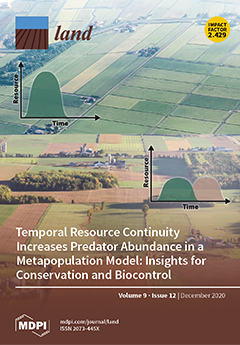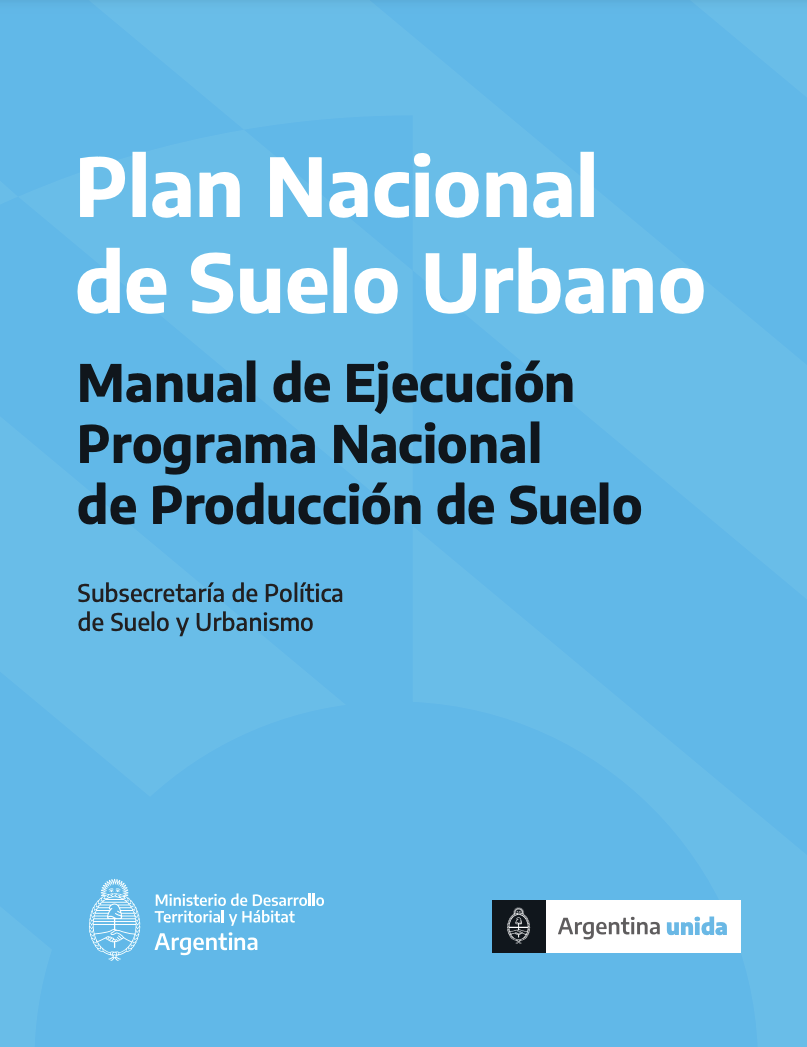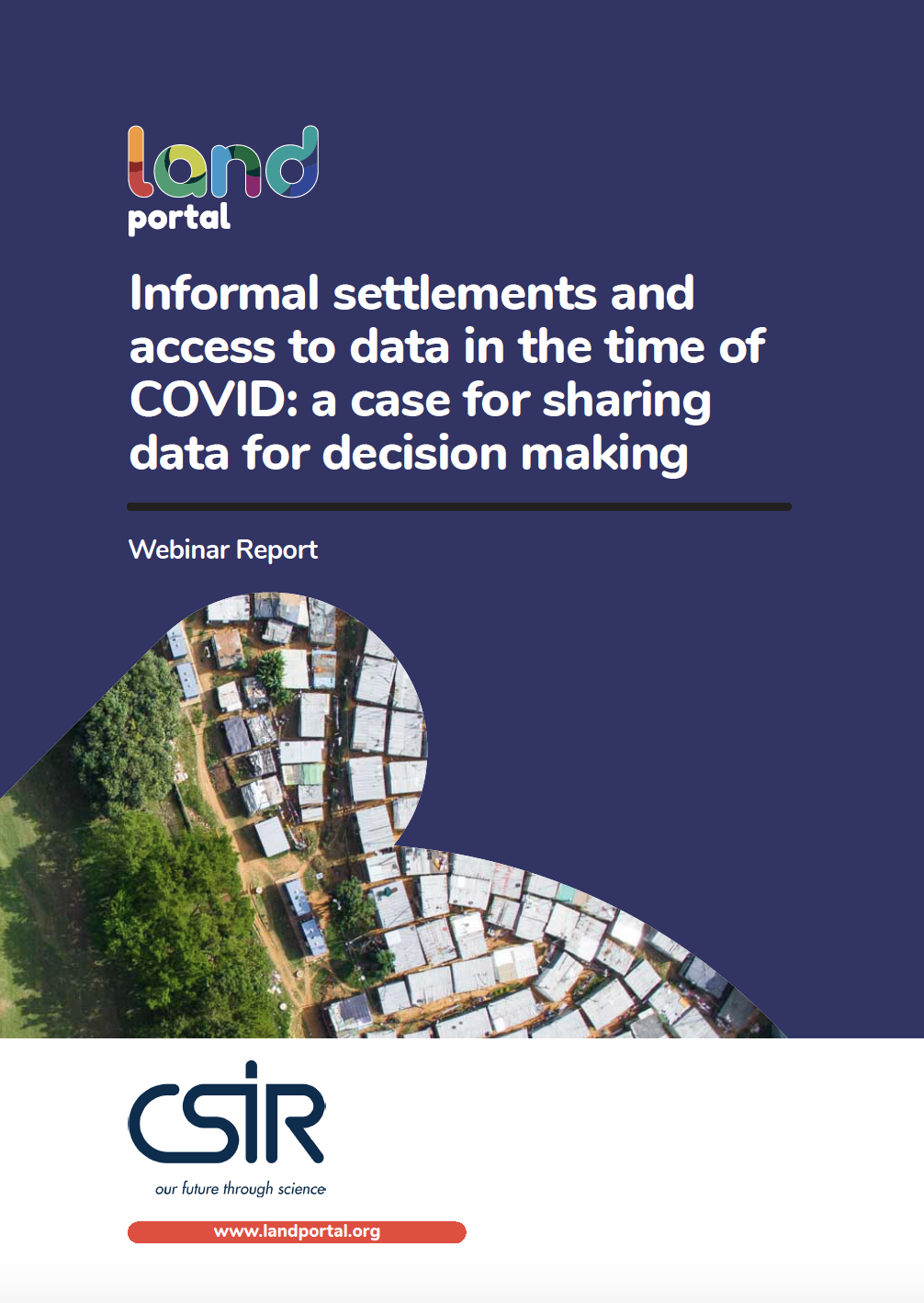Green Infrastructure Planning Principles: An Integrated Literature Review
Green infrastructure is a strategically planned network of natural and semi-natural areas, including green and blue spaces and other ecosystems, designed and managed to deliver a wide range of ecosystem services at various scales. Apart from the ecological functions, green infrastructure, as a planning tool, contributes to social and economic benefits, leading to the achievement of sustainable, resilient, inclusive and competitive urban areas.





